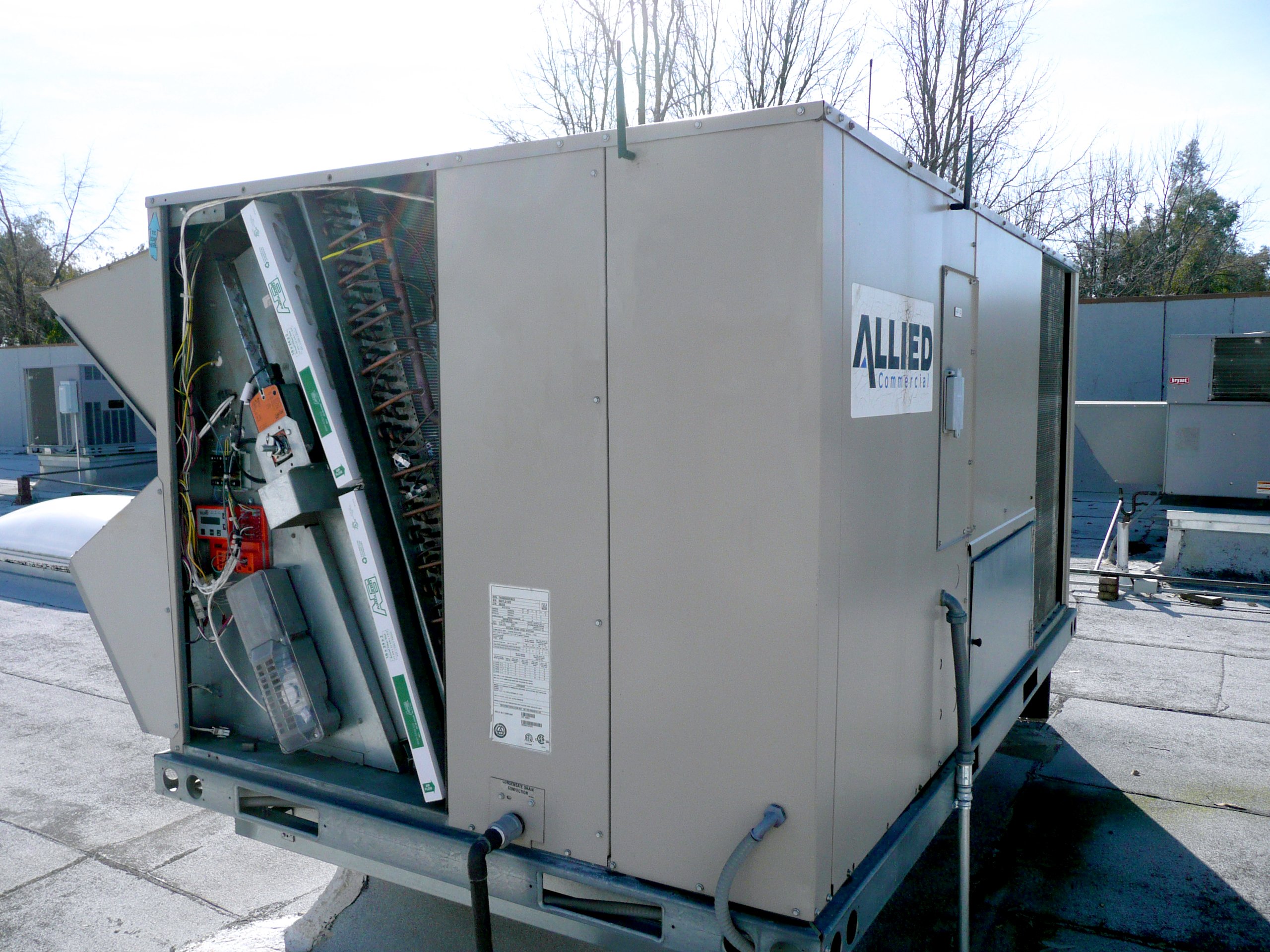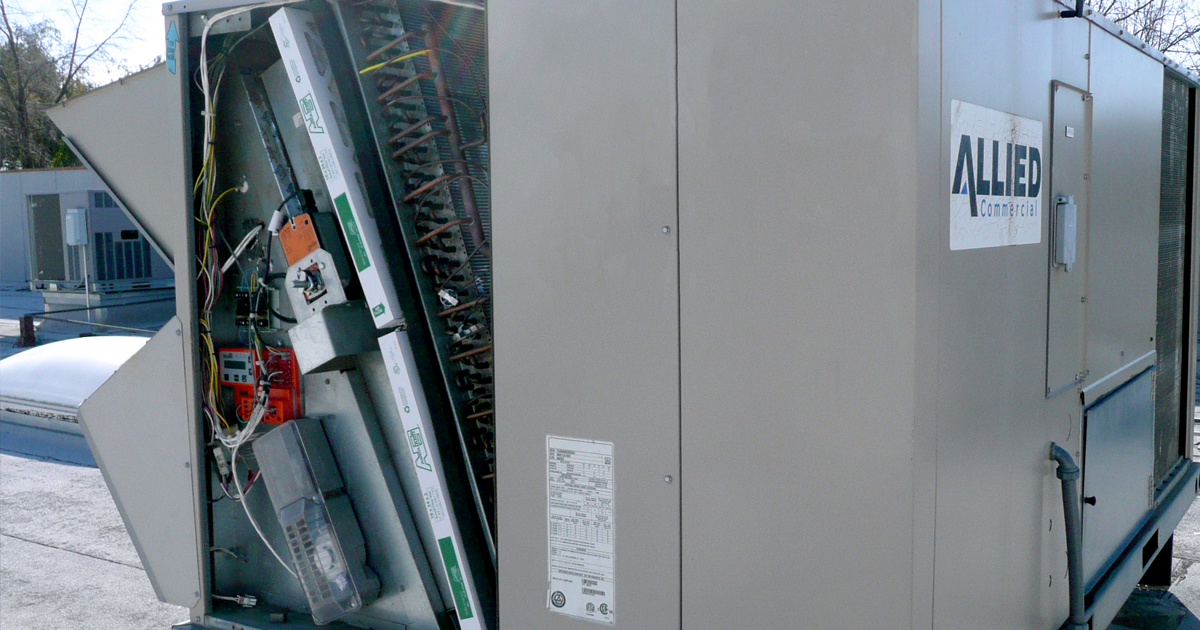Meeting IAQ Requirements by Economizing
Published by
Lisa Hickey
on
Airside Economizing is a great way to reduce operating costs; it also provides the correct ratio of outside air and return air to deliver the proper indoor air quality (IAQ) to meet the codes and provide occupant comfort. Many commercial building owners are paying too much for utility bills and are looking at ways to cut costs. HVAC economizer can make a difference in energy costs.

An economizer is located on the rooftop unit (RTU) of an HVAC system for commercial buildings. The economizer measures the outside air temperature and humidity levels and determines when to use outside air to cool the building. Economizer uses control logic and sensors to deliver accurate readings on the outside air quality. The economizer detects the appropriate levels of outside air to cool the building. It utilizes internal dampers to control the amount of air brought into the building and exhaust from the building.
Studies have shown, up to 70% of economizers are not functioning correctly. Many times economizer systems are not set up correctly or left to operate in factory default mode. Economizer failures generally do not result in comfort problems causing many failures go undetected. These problems persist, causing poor filtration, ventilation, and inefficient air exchange resulting in poor indoor air quality and increased energy usage with energy standards and building IAQ requirements not being met.
Seven steps to verify economizer performance:
1. Verify the damper movement.
2. Modify the sequence of operations.
3. Check the operation of the minimum outside air (MOA) adjustment.
4. Check for failed components such as sensors, linkages, and actuators.
5. Purge all spaces pre- and post-occupancy to flush the building with clean air.
6. Change the start of operation hours (e.g., change 6 am start to 4 am) to provide a virus-free ambient air environment.
7. When activated, the DCV C02 setpoint should be between 800- 1000 ppm (during the COVID epidemic, ASHRAE recommends disabling demand ventilation control [DCV] and open outdoor air dampers 100% as outdoor and indoor conditions permit).
Airside economizing (using outdoor air as a cooling medium when conditions are suitable) is one of the smartest ways for buildings to save energy. It lowers energy consumption, costs, and less maintenance on your HVAC system, improving indoor air quality through increased ventilation. In addition to reduced power costs resulting from increased HVAC system efficiency, owners and operators that utilize airside economizers often have the opportunity to further increase savings by taking advantage of some federal, state, and local energy rebates and incentives.
Because most rebate programs vary from state to state, even county to county, and utility provider to utility provider in some cases, it's essential to understand how to identify which programs apply to your facility. For instance, some rebate programs pay a portion of the cost to install an airside economizer. In these cases, rebates can either come in the form of a fixed-price sum or a percentage of the owner's total installation cost. Additional programs offer a monetary amount based on each unit of power saved (kwh), while others provide benefits based on the weight of the equipment being installed (e.g., $200 per ton).

